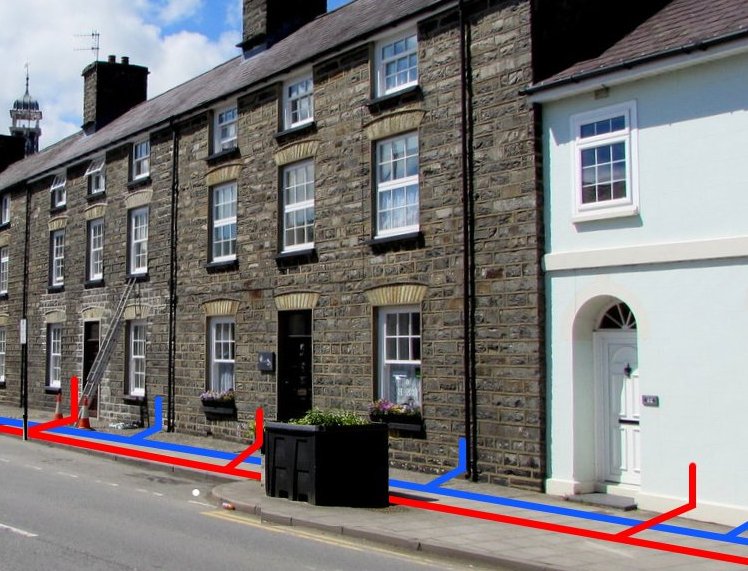New research project aims for community owned heat across the country.
Sharenergy is launching an 18-month research and innovation project that aims to identify the best locations for community owned heat networks, and create a workable business model that allows communities to take charge.
Heat networks are seen as a vital part of the UK’s Net Zero strategy. The Committee on Climate Change have estimated that around 10% of domestic UK heat will need to come from low-carbon heat networks by 2030, heating 1.5 million homes (source: Net Zero technical report). For context, there are currently fewer than 450,000 homes connected to heat networks as of 2023 (source: Towards a roadmap for heat networks). Heat networks can provide a means to decarbonise the heating of houses where heat pumps cannot be fitted for reasons of space or heritage value.
Delegating control for our heating systems presents something of a culture shock to many Brits. We think that, as with onshore wind, community ownership offers a way forward. Yet support from central government to develop community owned heat networks is patchy. Development funding from the Heat Networks Delivery Unit is only usually available to local authorities, who have abundant competing priorities vying for scarce resources.
This has meant that developmental support available to community groups has tended to be available for more innovative projects. We wish these projects every success, but the urgency of the climate crisis requires that we act now on models that are known to work. There are abundant lessons from elsewhere in the world – most notably Denmark where 64% of households are heated from a shared network.
Most community energy projects naturally begin in a locality where there are people with enthusiasm and capacity, who bid for support for feasibility studies from local authorities or schemes like the Rural Community Energy Fund. With notable exceptions, few of these progress.
Thanks to a successful recent funding bid to the Energy Redress Fund, we are launching a research project to come at this problem from a different angle. From a data-driven approach, using GIS, EPC and demographic data we will identify localities where community owned heat networks stand the greatest chance of success in the UK.
Our approach, which is similar to that underlying the Big Solar Co-op, is that if we are to scale up, we should start with the most straightforward locations to build expertise, then extend the reach. We will look at how we can replicate based on a federated, franchised or otherwise licensed model with template legal agreements and technical designs. We will learn from work already underway, including projects such as the Bishop’s Castle heat network project, as well as examining models working elsewhere in Europe. In the later part of the project we plan to work with existing community energy or other community groups in identified locations to develop case studies for how our ‘best practice’ model would work in their area.
Our ‘Community Heat Network Development Unit’ project will be carried out in partnership with Community Energy England and Marches Energy Agency, it will start in September 2023 and run for 18 months.
